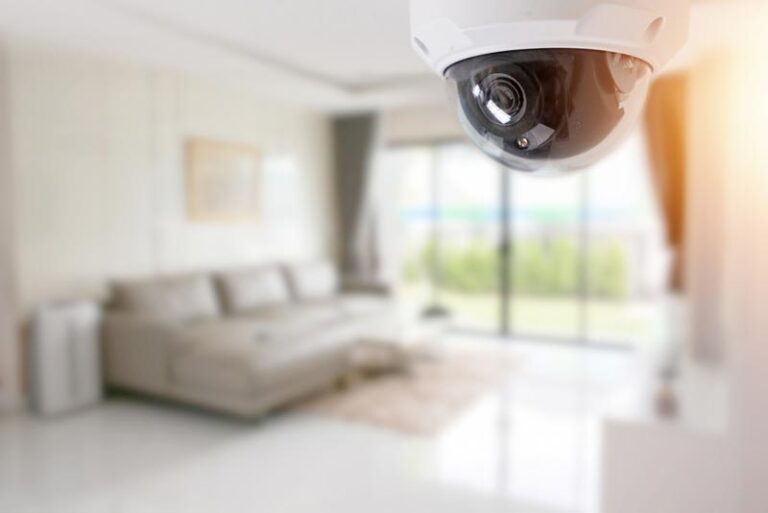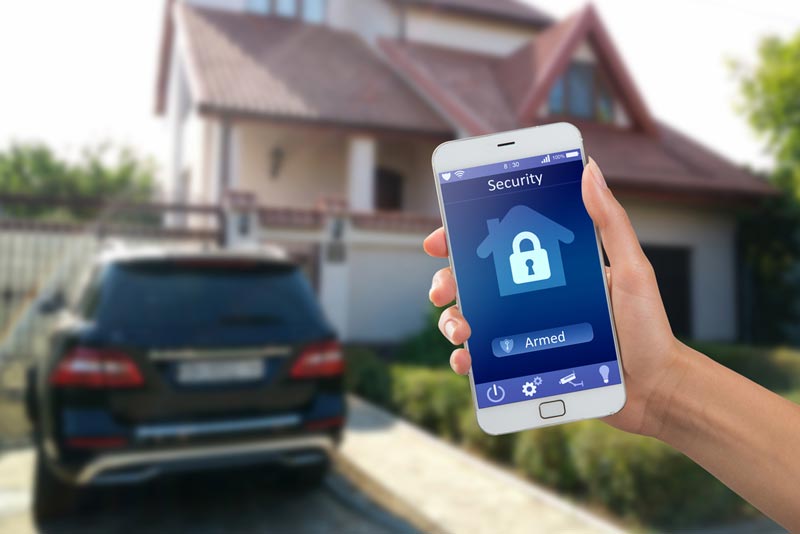The era of advanced technology has transformed our homes into intelligent spaces, offering unparalleled comfort, efficiency, and security. Smart home remodeling is all the rage, but before you dive into this transformation, it’s essential to ensure your home is well-prepared for the changes that lie ahead. In this comprehensive guide, we will take you through the process of preparing your home for remodeling while keeping it secure in the digital age.
Embracing the Smart Home Revolution
The smart home revolution has ushered in an era of unprecedented convenience. With smart thermostats, voice-controlled lighting, and remotely monitored security systems, our homes have become more connected and sophisticated than ever before. But along with these benefits come new responsibilities and security concerns that every homeowner should address.
Securing Your Smart Home
As you make your home smarter, you also need to be vigilant about its security. Smart devices, which are connected to the internet, can be vulnerable to hacking if not adequately protected. Before embarking on your remodeling project, consider these steps to ensure your smart home’s safety:
1. Conduct a Comprehensive Smart Device Inventory
Start by creating a detailed inventory of all your smart devices, including smart locks, security cameras, home automation systems, and other connected gadgets. Understanding what you have is the first step in evaluating potential risks.
2. Strengthen Your Home Network
The core of your smart home is your Wi-Fi network. It’s imperative to have a robust and secure network. Update your router with the latest security patches and change default passwords. Implement WPA3 encryption for an extra layer of protection.
3. Invest in Network Security
Consider investing in a network security system, like a firewall or intrusion detection system (IDS), to safeguard your network against cyber threats. These systems monitor your network for unusual activities and can thwart malicious attempts.
4. Keep Software and Firmware Updated
Regularly update the software and firmware of your smart devices. Manufacturers frequently release updates to address vulnerabilities and enhance security. Neglecting these updates could leave your devices exposed to potential threats.
5. Utilize Strong, Unique Passwords
One of the simplest yet most effective security measures is to use strong, unique passwords for each smart device and online account. Avoid default passwords, and think about employing a password manager to manage them securely.
6. Enable Multi-Factor Authentication (MFA)
MFA adds an extra layer of security by requiring multiple authentication methods before granting access. It’s a powerful way to protect your accounts and devices from unauthorized access.
7. Isolate Your Smart Devices
To minimize the risk of unauthorized access, consider creating a separate network exclusively for your smart devices. This way, if one device is compromised, the intruder won’t have easy access to your entire home network.
Strengthening Home Security: The Role of Engineering Steel
When considering home improvements, select materials that not only enhance aesthetics but also elevate security. Engineering steel is an excellent choice for reinforcing your home’s safety. Steel doors and frames not only provide a modern and sleek appearance but also offer superior security and durability. They are resistant to physical break-ins and can withstand extreme weather conditions, making them a smart investment for your front entrance during a smart home renovation.
Extended Content: Preparing for Your Smart Home Remodeling Journey
As you embark on your smart home remodeling adventure, keeping security at the forefront of your plans is paramount. In addition to the steps mentioned earlier, here are some extra precautions you can take:
8. Privacy Settings on Smart Devices
Review the privacy settings on your smart devices and limit the data they collect and share. This can help protect your personal information.
9. Regular Device Audits
Periodically review and audit your smart devices. If any are no longer in use, consider removing them from your network to minimize potential vulnerabilities.
10. Consider a VPN for Remote Access
If you plan to access your smart home remotely, consider using a Virtual Private Network (VPN) to encrypt your connection and protect it from prying eyes.
11. Guest Network for Visitors
Set up a separate guest network for visitors. This ensures that guests can connect to the internet without gaining access to your primary smart home network.
12. Cybersecurity Awareness
Educate yourself and your family about cybersecurity best practices. Awareness is the first line of defense against digital threats.
Conclusion: Embracing the Future Securely
By following these guidelines, you can confidently venture into the world of smart home remodeling, knowing that your security is a top priority. Whether you opt for engineering steel doors to reinforce your home’s entrance or employ advanced network protection, the key is to stay informed and proactive. Only then can you fully embrace the future of smart home living.


0 Comments